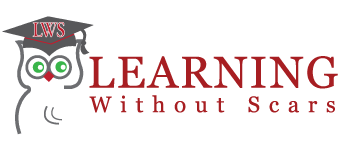All of the training and tooling in service, and the inventories and systems in parts, and all the good work by professional salesmen will be wasted if you cannot keep your customer for life. The Japanese taught us that in the 1970’s, and Harvard Business School did the definitive research in the 1980’s. This class deals with the facts of customer retention and “how to” minimize the number of customers that “defect” from your dealership.
The statistical impact of defection on profitability across differing Industry groups is exposed. It is shocking. In the Industrial Distribution business, if you can increase your customer retention 5%, then you can increase your profitability as a Company by 45%. There is no single element of what we do that has the impact on dealership profitability like customer retention. The tools you should use to minimize customer defection are discussed in detail in this impactful class. Everything that we do in the performance of our jobs is at risk if our responsiveness and convenience are not to the customers’ liking. Don’t miss out on this powerful program.
